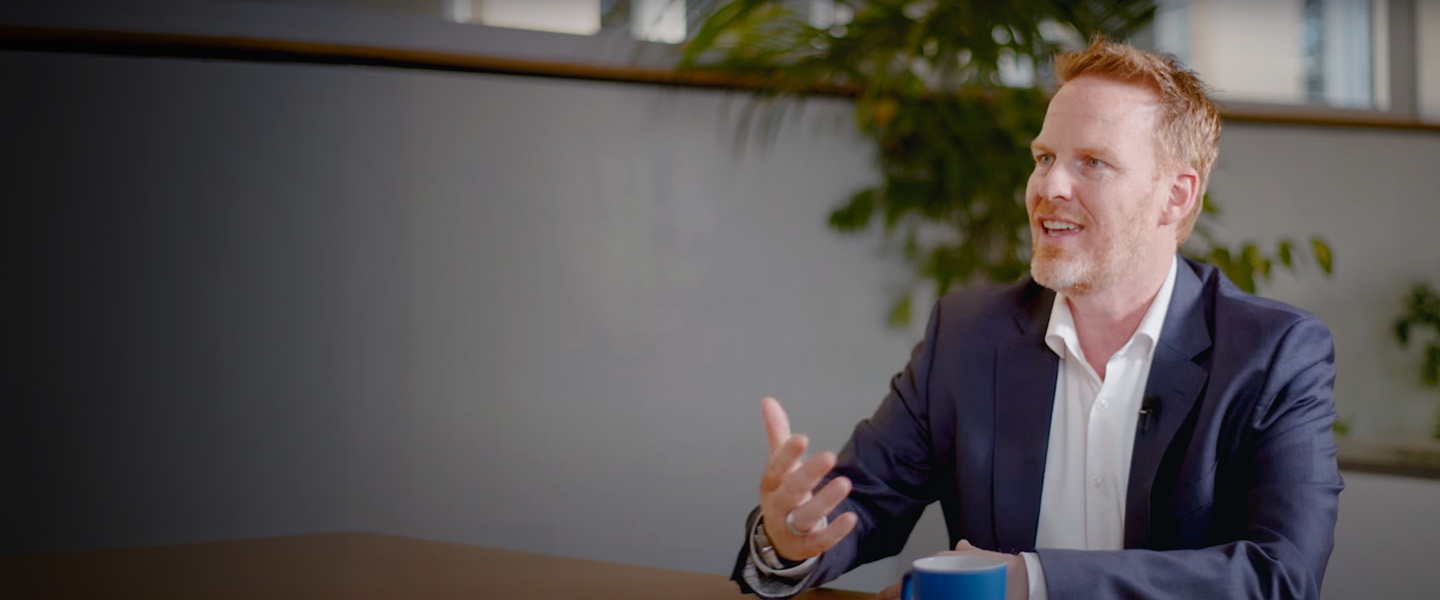
What top executives can learn from designers
Leaders at every level of an organization need to mobilize their teams, whether it is a top management team or a front-line sales force. But traditional leadership principles of hierarchy and control are ill-matched to today’s wired world in which teams are ever more fluid, diverse and virtual. Leading teams in such a context requires a different approach, as many top executives acknowledge. There is a lot leaders can learn from designers, who have traditionally confronted similar team mobilization challenges. Three characteristics of “designer leadership” are particularly relevant to leading high-performing teams: persuasion, collaboration and innovation.
Sketch the future
Design is about nurturing a vision into reality. Business leaders must also paint a compellingly persuasive picture of the future to capture their teams’ imaginations, get them excited about what is possible and align their efforts – especially when team members are dispersed and face a dynamic and uncertain environment. According to Barbara Kux, an experienced leader across several Fortune 500 companies, now on the boards of Total and Henkel: “Vision is the photo of the future. You really have to show your teams what this photo of the future should be…. You cannot have speed without showing where you want to go to.”
In contrast with the traditional view, the team leader’s main role is to facilitate the search, not to deliver the answer. The onus is on the leader to shape the quest in a way that others can understand, believe in and follow; to create an environment where mobile talents are attracted, motivated, and keen to stay.
As Linda Heasley, CEO of fashion retailer Lane Bryant, told the International Herald Tribune: “I believe that my associates can work anywhere they want, and my job is to re-recruit them every day and give them a reason to choose to work for us and for me as opposed to anybody else. So it’s about making it fun. It’s about making it exciting. It’s about keeping them marketable.”
Besides uniting a group of people around a shared vision of a brighter future, the leader must elicit and integrate their diverse contributions.
Build bridges
Designers are accustomed to building ad-hoc project teams – with different knowledge bases and perspectives – to work together toward a specific end. Successful design hinges on collaboration across disciplines.
Increasingly, business leaders face a similar challenge of drawing on the specialized input of dispersed contributors, some of them inside the organization and others outside, and some full-time and others not. Team functioning has become a central concern. Damien O’Brien, chairman of executive search firm Egon Zehnder, says: “Historically, we have been focused on assessing individual talents. But what we have come to see as a firm is that really evaluating the effectiveness of teams, or building teams that are effective, is actually a key part of this equation. You can have the best talents in the world – but if they are not functioning in effective teams, then they will not achieve their potential.”
The effectiveness of individual talents depends on the balance and spirit of the overall team. And with team members often scattered in different locations or constantly on the move, the leader must work harder to communicate across silos, coordinate actions, help create connections, and encourage constructive feedback.
Top executives also have to curb their own “bossiness”. In a Harvard Business Review interview, Cisco’s longstanding CEO John Chambers recalled that it took time for him to develop a more collaborative approach with his team: “When I learned to let go and give the team time, I found they made just as good decisions, or even better – and, just as important, they were even more invested in the decision and thus executed with greater speed and commitment.”
The real test of collaboration is when the team opens itself up to different approaches in pursuit of innovation.
Instill edge
Designers believe in encouraging experimentation and creativity. They engage in iterative cycles of continuous improvement and edgy thinking rather than settling for “good enough” solutions.
Likewise, business leaders increasingly recognize the need for innovation and prototyping not just from R&D teams, but from teams throughout the value chain, whether they are trying to improve outputs, processes, strategies or management practices. The leader contributes through incisive questioning rather than directives. “As the CEO, you’re trying to make a great idea better,” says Jen Hsun Huang, CEO of graphics chipmaker Nvidia, in the New York Times. “By asking the right questions, you can get to the heart of the issue right away… Through probing, you cause them to explore ideas that they didn’t realize needed to be explored.”
Besides asking pivotal questions, the leader’s other key contribution to innovation is to create a safe environment that supports risk taking and tolerates failure. Severin Schwan, CEO of Swiss drug giant Roche, takes the idea a step further: “We literally celebrate failure. Recently, I had a celebration lunch with the team on a medicine which unfortunately failed. And the signal to the organization is “Failure is okay. That’s part of our business.” And actually it’s encouraged – because if you don’t take risks, you will never get innovations.”
Designer bosses
The three characteristics we describe are not new, and our interviews and research show that many business leaders have already adopted some or all of them. What is missing, however, is a broader recognition that the way designers work is increasingly a template for how leaders need to mobilize their teams.
Prevailing metaphors do a poor job of capturing the real needs of leadership in the current environment. Forget the image of leader as commander, ship’s captain or conductor – the mindset future leaders must embrace is that of the designer.
Shlomo Ben-Hur is Professor of Leadership, Talent Management and Corporate Learning at IMD, where he teaches on the following programs: Advanced Strategic Management (ASM), Breakthrough Program for Senior Executives (BPSE), Organizational Learning in Action (OLA), Orchestrating Winning Performance (OWP), Cultivating Leadership through Awareness and Reflection (CLEAR).
Dr Joseph Press is the Director of Deloitte Digital in Switzerland and teaches on the IMD program Organizational Learning in Action (OLA).
Jean-Louis Barsoux is a senior research fellow at IMD.
Research Information & Knowledge Hub for additional information on IMD publications

Audemars Piguet CEO Ilaria Resta leads with circular leadership—blending tradition, innovation, and empathy to reshape the future of Swiss luxury.

In the Building vs Buying Talent debate, internal growth reduces CEO risk—if leadership development and succession planning are aligned. Ric Roi shares how.

Business schools must champion values-led leadership as companies retreat from DEI. Now’s the time to stand firm and lead by example, says David Bach.

Understanding the 4 types of responsible leader helps you blend styles, avoid pitfalls, and meet challenges while managing stakeholder expectations effectively.

Geopolitical turmoil and its workforce impact demand a systems thinking approach from CHROs, argue IMD’s Katharina Lange and Simon Evenett.

This episode takes you behind the scenes of a recent gathering led by the World Business Council for Sustainable Development together with IMD, where David Bach sat down with two sustainability leaders.

All organizations should have a plan to secure trust during, after (and even before) a crisis hits. Here are a host of examples, good and bad, to learn from.

Tired teams, wasted weekends, and unread reports—here are 7 ways to restore morale and reignite performance. Avoid unnecessary reporting and non-essential tasks.

The Handtmann case examines the co-CEO leadership model in the context of family business. Based on interviews with three key executives – the co-CEOs and the President of the Advisory Board – the case focuses on how Handtmann handled the leadersh...

The 7 shifts you need to make to lead in a turbulent world for acuity and inner rootedness. Grounded Edge Leadership.
Research Information & Knowledge Hub for additional information on IMD publications
Research Information & Knowledge Hub for additional information on IMD publications
Research Information & Knowledge Hub for additional information on IMD publications
in I by IMD
Research Information & Knowledge Hub for additional information on IMD publications
Research Information & Knowledge Hub for additional information on IMD publications
Research Information & Knowledge Hub for additional information on IMD publications
in I by IMD
Research Information & Knowledge Hub for additional information on IMD publications
in I by IMD
Research Information & Knowledge Hub for additional information on IMD publications
Research Information & Knowledge Hub for additional information on IMD publications
Research Information & Knowledge Hub for additional information on IMD publications


